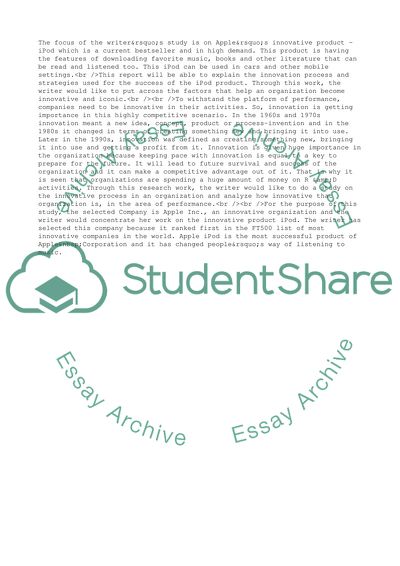Cite this document
(Innovations and Structure of Apple Inc Case Study - 10, n.d.)
Innovations and Structure of Apple Inc Case Study - 10. Retrieved from https://studentshare.org/business/1554558-innovative-organisations
Innovations and Structure of Apple Inc Case Study - 10. Retrieved from https://studentshare.org/business/1554558-innovative-organisations
(Innovations and Structure of Apple Inc Case Study - 10)
Innovations and Structure of Apple Inc Case Study - 10. https://studentshare.org/business/1554558-innovative-organisations.
Innovations and Structure of Apple Inc Case Study - 10. https://studentshare.org/business/1554558-innovative-organisations.
“Innovations and Structure of Apple Inc Case Study - 10”. https://studentshare.org/business/1554558-innovative-organisations.


